Programming News
Python Blogs
238

Image Credit: Python Blogs
Top 5 Strategies To Outsmart Hackers
- Creating strong passwords with a mix of numbers, letters, and symbols is crucial to fend off hackers' attacks.
- Implementing Two-Factor Authentication (2FA) adds an extra layer of security by requiring both a password and a unique code.
- Being cautious of phishing scams can prevent hackers from tricking individuals into revealing sensitive information.
- Regularly updating all software, including operating systems and applications, is essential to patch vulnerabilities that hackers can exploit.
- Using security tools like antivirus software, firewalls, VPNs, and ad blockers can provide additional protection against cyber threats.
Read Full Article
14 Likes
Medium
117
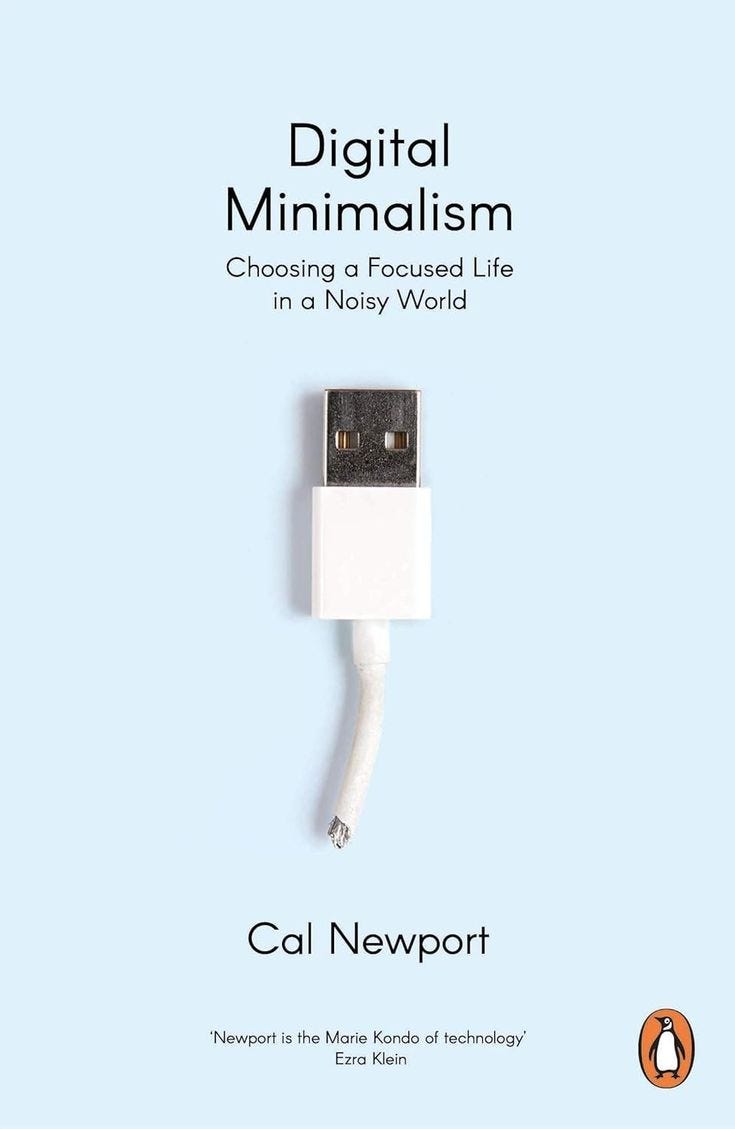
Image Credit: Medium
The Power of Digital Minimalism: Why Less Screen Time Means More Life…
- Digital minimalist phones are gaining popularity as people seek clarity and control in a hyperconnected world.
- These pared-down devices focus on calling, texting, and basic productivity to offer a break from constant notifications and distractions.
- Minimalist phones help users reclaim time and attention by providing stripped-down interfaces and limited features.
- Studies suggest that excessive screen time can lead to anxiety, depression, and sleep issues, making digital detox a beneficial practice for improving mental well-being.
Read Full Article
7 Likes
Dev
319

Image Credit: Dev
🚀 Top 6 PDF Viewers for React.js Developers in 2025
- When working with React.js, displaying PDFs can range from simple to complex, depending on needs.
- Selecting a PDF viewer depends on factors like project requirements, ease of integration, and customization options.
- Open source options like PDF.js and react-pdf offer basic PDF rendering and easy integration for small to mid-sized applications.
- Paid options like React PDF and React PDF Viewer provide more functionalities tailored for React projects, including customization and advanced features.
- Hybrid options like PDF.js Express and Syncfusion React PDF Viewer offer a mix of free and paid features for scalable PDF capabilities.
- Consider factors like React integration, feature strengths, and limitations when choosing a PDF viewer for your project.
- Always review documentation and support to ensure the selected library aligns with your project's scope, future needs, and budget.
- React PDF is recommended for its flexible, powerful features suitable for various React.js applications.
- Different libraries cater to different needs, with open source options being budget-friendly and paid options offering more advanced features.
- It's essential to assess each library's strengths, weaknesses, and compatibility with your project before making a decision.
Read Full Article
19 Likes
Self-Learning-Java
94

Image Credit: Self-Learning-Java
How to rename a column in BigQuery?
- BigQuery supports renaming columns using the ALTER TABLE RENAME COLUMN statement.
- To rename a column in BigQuery, use the syntax: ALTER TABLE `project.dataset.table` RENAME COLUMN old_column_name TO new_column_name;
- Important considerations include the impact on dependent objects, limitations on renaming nested fields, and restrictions on renaming partitioning and clustering columns.
- Best practices for column renaming in BigQuery involve backing up data, updating dependencies, testing changes, and reviewing documentation.
Read Full Article
5 Likes
Discover more
- Software News
- Web Design
- Devops News
- Open Source News
- Databases
- Cloud News
- Product Management News
- Operating Systems News
- Agile Methodology News
- Computer Engineering
- Startup News
- Cryptocurrency News
- Technology News
- Blockchain News
- Data Science News
- AR News
- Apple News
- Cyber Security News
- Leadership News
- Gaming News
- Automobiles News
Self-Learning-Java
247

Image Credit: Self-Learning-Java
How to Add a New Column to an Existing Table in BigQuery?
- Adding a new column to an existing table in BigQuery is a common task when evolving your data schema. BigQuery allows schema updates like adding new columns without requiring a full table rewrite.
- You can use the ALTER TABLE statement to add a new column. For example, to add a new column named 'new_column_name' with data type STRING to a table, you can execute: ALTER TABLE `my_project.my_dataset.my_table` ADD COLUMN new_column_name STRING;
- To demonstrate, you can create an employee table with columns like employee_id, first_name, last_name, email, hire_date, and department. Afterward, you can add a new column 'salary' of type DOUBLE to the employee table using ALTER statement.
- Alternatively, you can also add a new column by using the 'Edit schema' option in the BigQuery UI. Simply click on 'Add field', provide the field name, type, Mode, and description, and then save the changes to reflect the new column in the table schema.
Read Full Article
14 Likes
Self-Learning-Java
256

Image Credit: Self-Learning-Java
Efficient Schema Design in BigQuery
- BigQuery performs best with denormalized schema designs that avoid JOIN operations and store all necessary information in a single table.
- Normalized schemas like star and snowflake schemas used in traditional relational databases are not as efficient in BigQuery.
- Denormalization in BigQuery leads to faster query execution by eliminating costly JOIN operations.
- The benefits of denormalization in BigQuery include distributed processing, better query performance, and reduced query complexity.
- Some queries like ORDER BY or DISTINCT may still require data shuffling, impacting performance in BigQuery.
- Partitioning and clustering tables can reduce shuffling and optimize queries in BigQuery.
- Utilizing nested and repeated columns in BigQuery allows for efficient relationship maintenance without extensive JOINs.
- The UNNEST function in BigQuery flattens arrays stored in columns, making it easier to query nested data.
- BigQuery recommends denormalization for improved performance but highlights the importance of considering storage costs.
- Optimizing operations like ORDER BY and DISTINCT, partitioning tables, and using nested fields are key strategies for efficient schema design in BigQuery.
Read Full Article
15 Likes
Self-Learning-Java
369
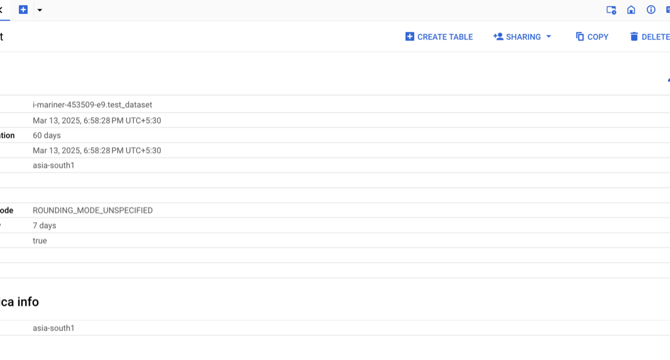
Image Credit: Self-Learning-Java
Introduction to Auto Schema Detection in BigQuery
- BigQuery provides an auto schema detection feature for CSV and JSON files.
- Auto schema detection analyzes the first up to 100 rows to assign data types based on sample values.
- Limitations include inaccuracies based on sample data and inconsistent types for columns with varied formats.
- Best practices involve manually defining schemas for data consistency and verifying inferred schemas before querying.
Read Full Article
22 Likes
Self-Learning-Java
337
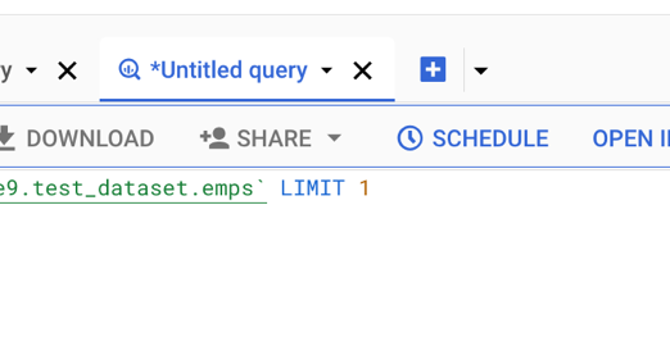
Image Credit: Self-Learning-Java
Saving and Sharing Queries in BigQuery
- BigQuery allows users to save and share queries for future use and collaboration.
- To save a query, open the BigQuery Query Editor, type the query, execute it, and click on the 'Save query' button.
- When saving a query, provide a name, choose the region for storage, and click 'Save' to store it.
- Saved queries can be accessed under the Queries section, and can be shared by managing permissions or copying the shareable link.
Read Full Article
20 Likes
Self-Learning-Java
306
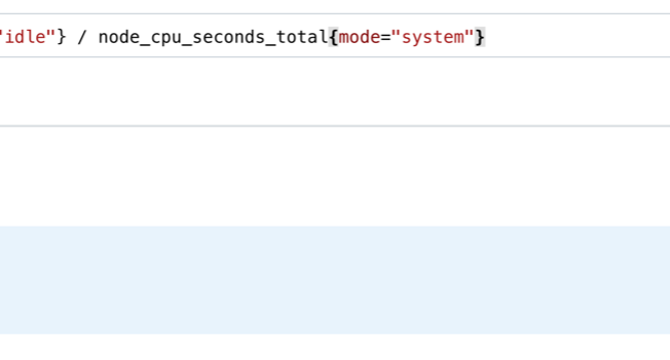
Image Credit: Self-Learning-Java
Prometheus: Ignore specific labels while matching
- Prometheus allows you to use the ignoring keyword to exclude specific labels while matching metrics in PromQL queries.
- By using ignoring, you can compare or combine metrics that differ only by certain labels such as mode, without considering those specific labels.
- This feature is useful when you want to perform operations on metrics with shared labels but differing by certain specific labels.
- By applying ignoring(mode), you can ignore the mode label and focus on matching other common labels, enabling you to derive insights from metrics more effectively.
Read Full Article
18 Likes
Self-Learning-Java
337

Image Credit: Self-Learning-Java
Logical/Set Binary Operators in Prometheus (AND, OR, UNLESS)
- Prometheus uses logical/set binary operators for set-based operations on instant vectors.
- Operators like AND (Intersection) return time series present in both sides.
- Operators like OR (Union) return time series present in either side.
- Operators like UNLESS (Complement) return time series on the left side only, not on the right.
Read Full Article
20 Likes
Dev
328

Image Credit: Dev
Detecting When a Sticky Element Becomes Sticky
- Sticky headers changing style as you scroll can be seen on Luma's site, adding a polished feel to the UI.
- Detection of when a sticky element becomes sticky is not straightforward, as there is no built-in way to do so using CSS or JavaScript events.
- The author explores replicating the sticky header effect using the IntersectionObserver API, a lightweight and widely supported solution that provides opportunities for various interactions.
- While container queries are a promising future option for detecting sticky elements, they are currently only available in Chrome, leaving IntersectionObserver as a practical choice for now.
Read Full Article
19 Likes
Self-Learning-Java
31

Image Credit: Self-Learning-Java
Comparison Binary Operators in Prometheus
- Prometheus comparison binary operators help filter or compare metrics based on conditions for triggering alerts, setting thresholds, or refining queries.
- Operators work on Scalar to Scalar, Scalar to Vector, and Vector to Vector with label matching rules.
- Available operators include == (equal to), != (not equal to), > (greater than), < (less than), >= (greater or equal), <= (less or equal).
- These operators are crucial for filtering data, setting thresholds, customizing alerts, and comparing metrics with different sources or labels.
Read Full Article
1 Like
Self-Learning-Java
198

Image Credit: Self-Learning-Java
Arithmetic Binary Operators in Prometheus
- Arithmetic binary operators in Prometheus are used to perform standard math operations on two operands, which can be scalars or vectors.
- Operators include addition (+), subtraction (-), multiplication (*), division (/), remainder (%), and exponentiation (^).
- These operations are defined for scalar to scalar, vector to scalar, and vector to vector (with matching labels) scenarios.
- Arithmetic operators are crucial for transforming raw metrics into actionable insights in Prometheus, facilitating analysis of system metrics like memory usage, CPU load adjustments, and threshold evaluation.
Read Full Article
11 Likes
Self-Learning-Java
360
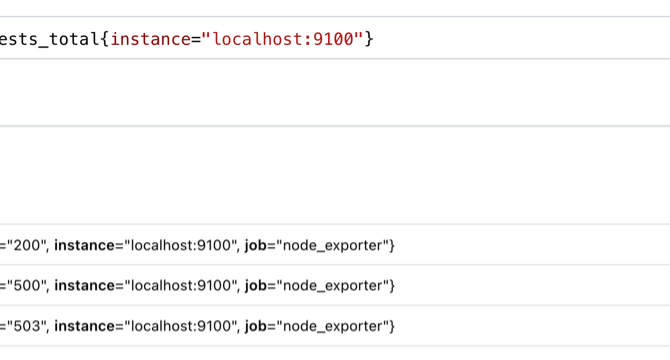
Image Credit: Self-Learning-Java
Understanding Prometheus Matchers with Real Examples
- Prometheus stores data in time series with metric names and labels like handler, method, code, etc.
- Matchers are used to filter data in Prometheus, common matchers include Equality Matcher (=), Negative Equality Matcher (!=), Regular Expression Matcher (=~), and Negative Regex Matcher (!~).
- Equality Matcher (=) checks if a label is exactly equal to a value, Negative Equality Matcher (!=) selects all time series except those where the label equals the value.
- Regular Expression Matcher (=~) allows regex pattern matching, and Negative Regex Matcher (!~) excludes label values that match the regex.
Read Full Article
21 Likes
Medium
1.6k

Image Credit: Medium
What is Python? Easy Guide for Beginners
- Python is a popular programming language used to tell a computer what to do.
- Python is flexible and used by big companies like Google, Instagram, and Netflix.
- You can start learning Python for free and it's a great way to start your programming journey.
- If you can write a sentence in English, you can write a program in Python.
Read Full Article
11 Likes
For uninterrupted reading, download the app